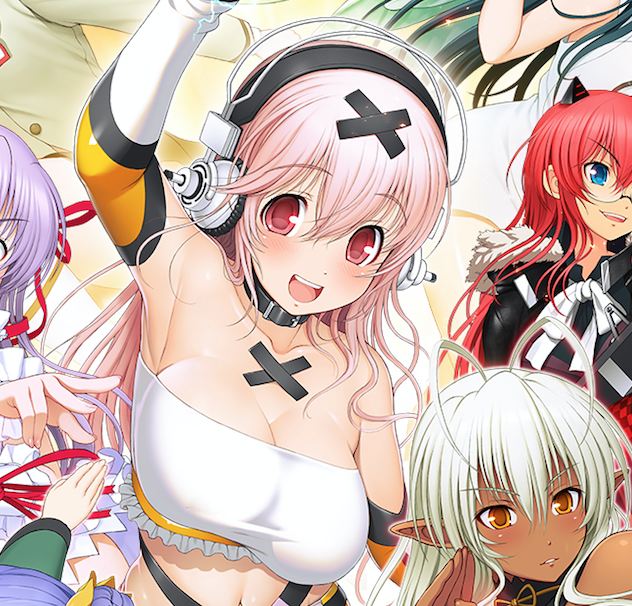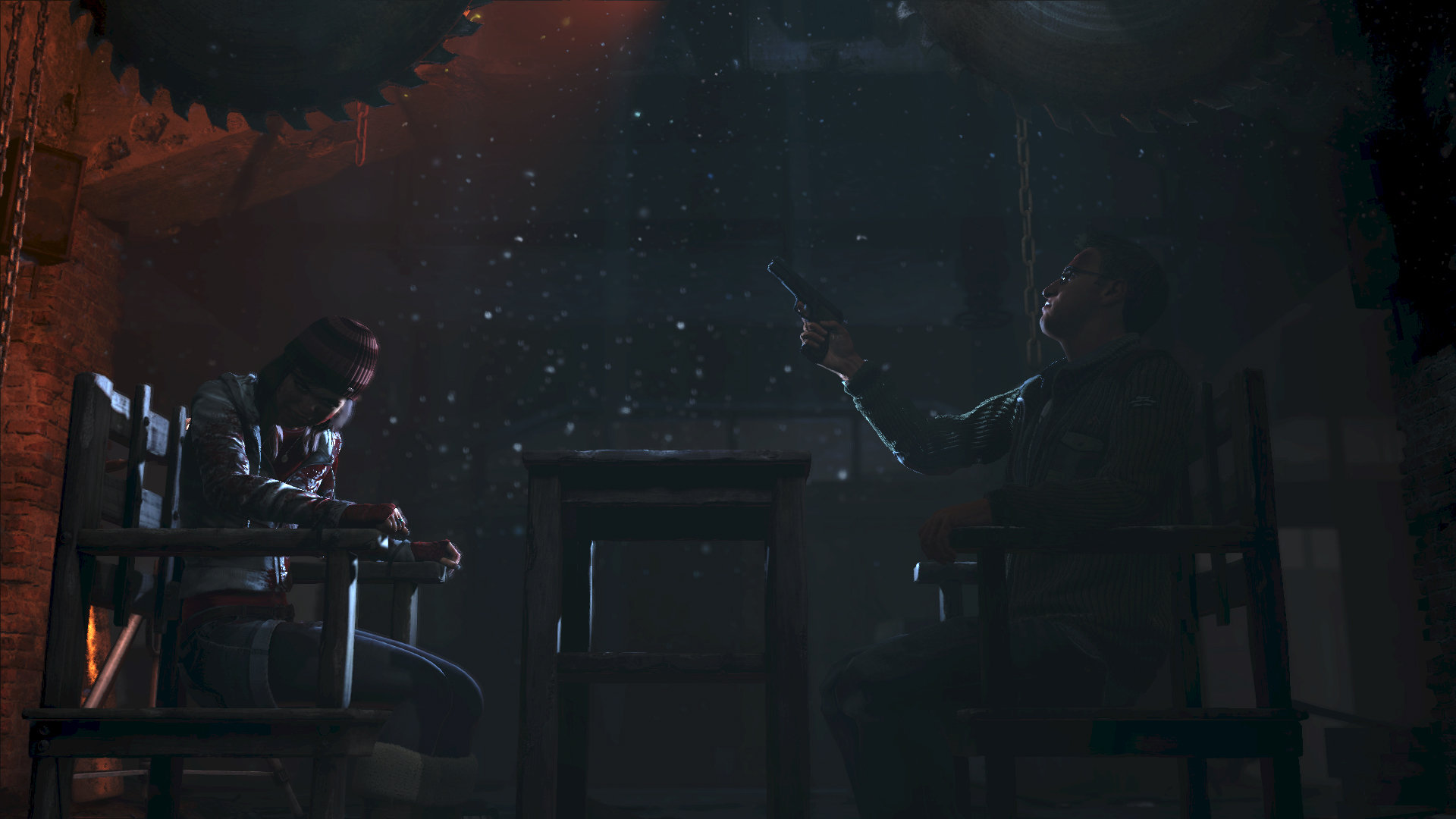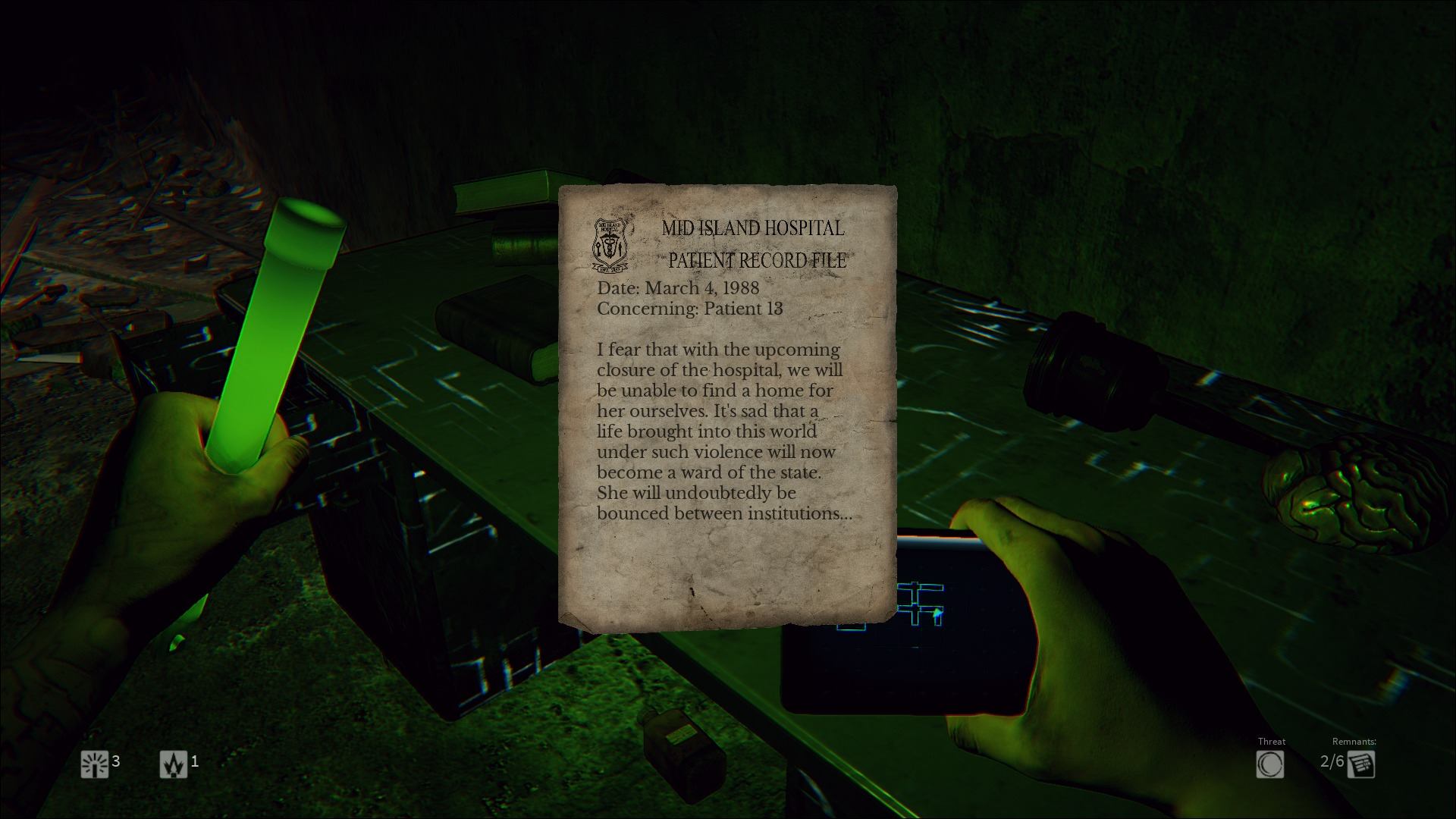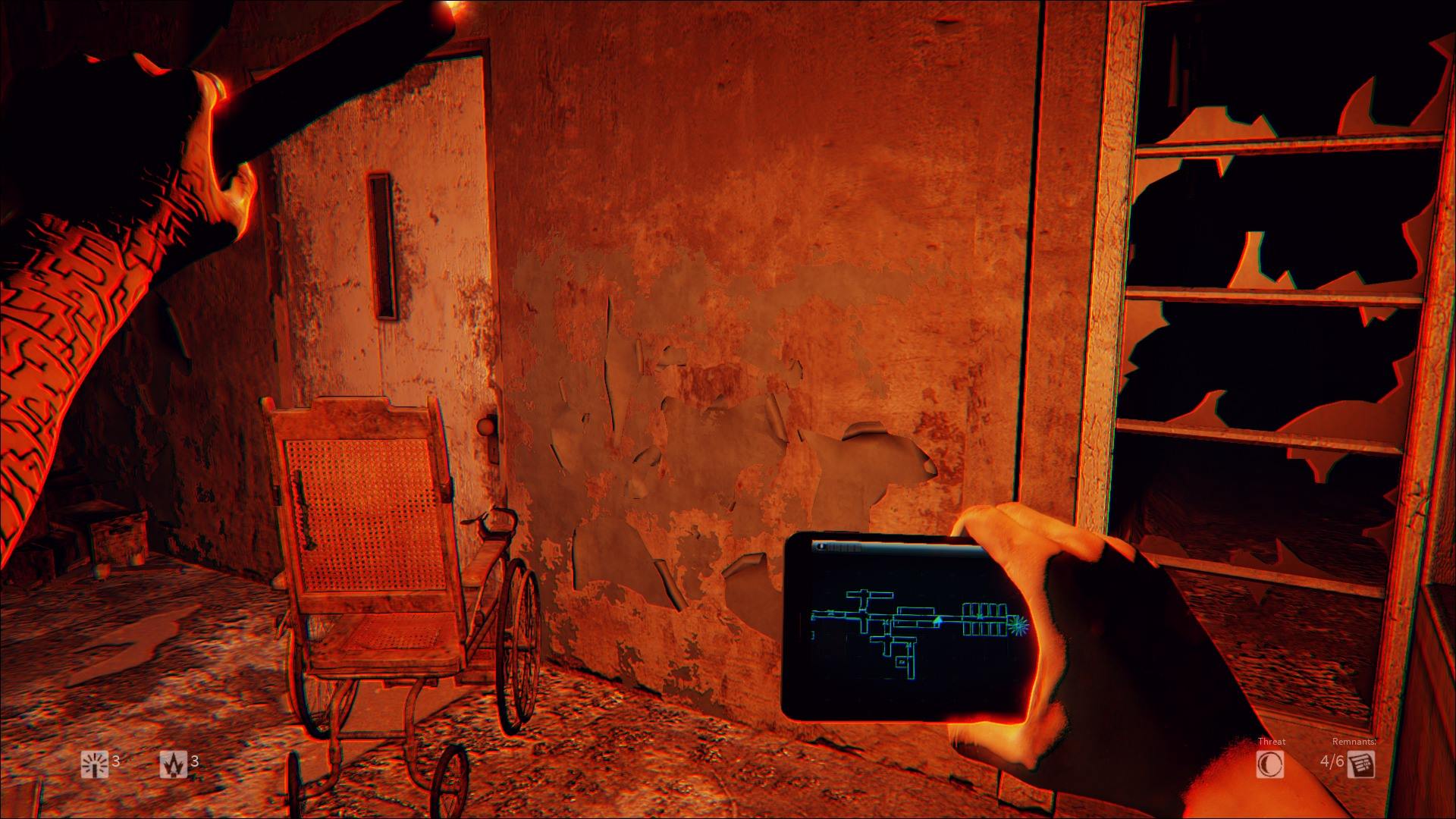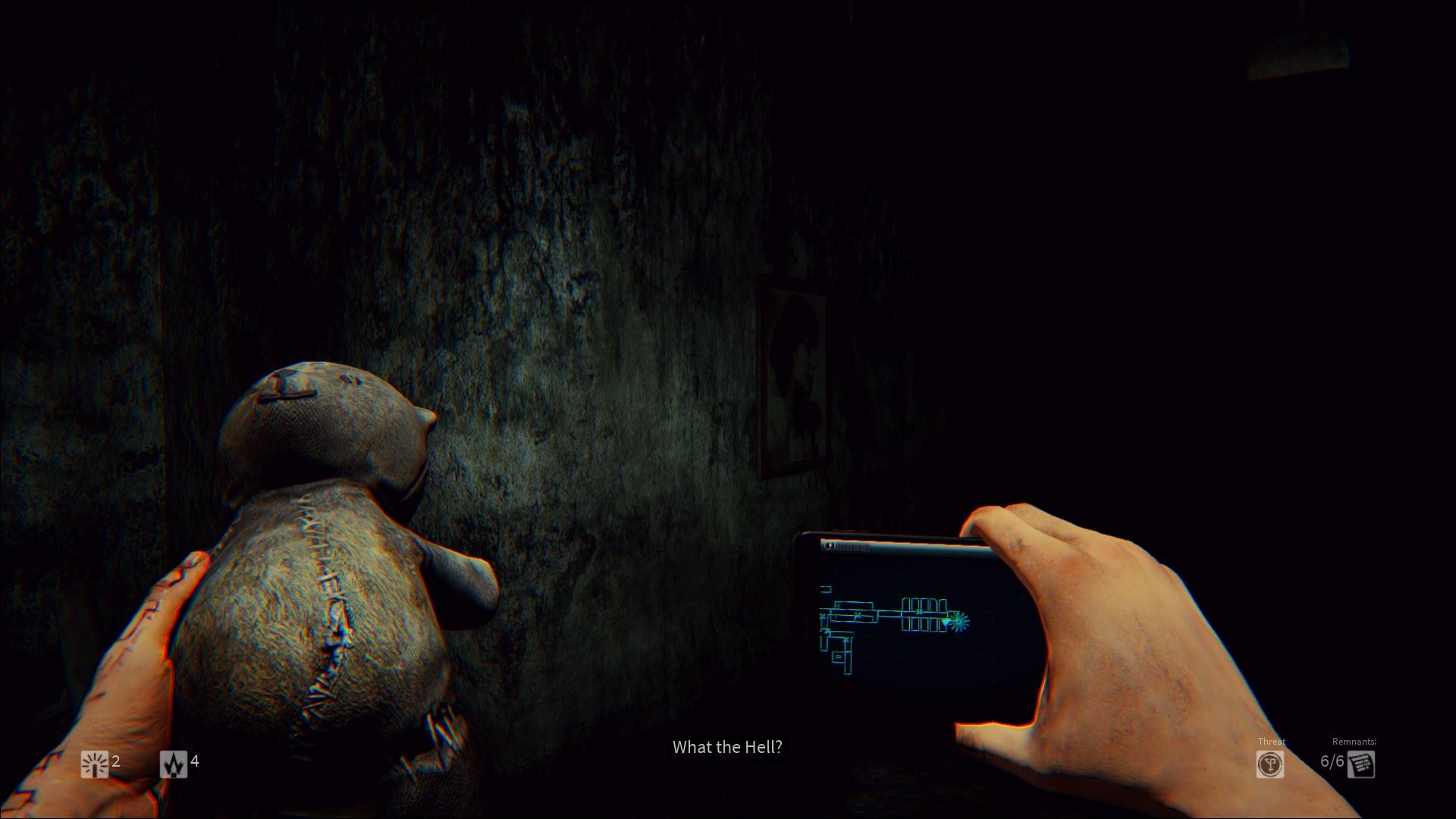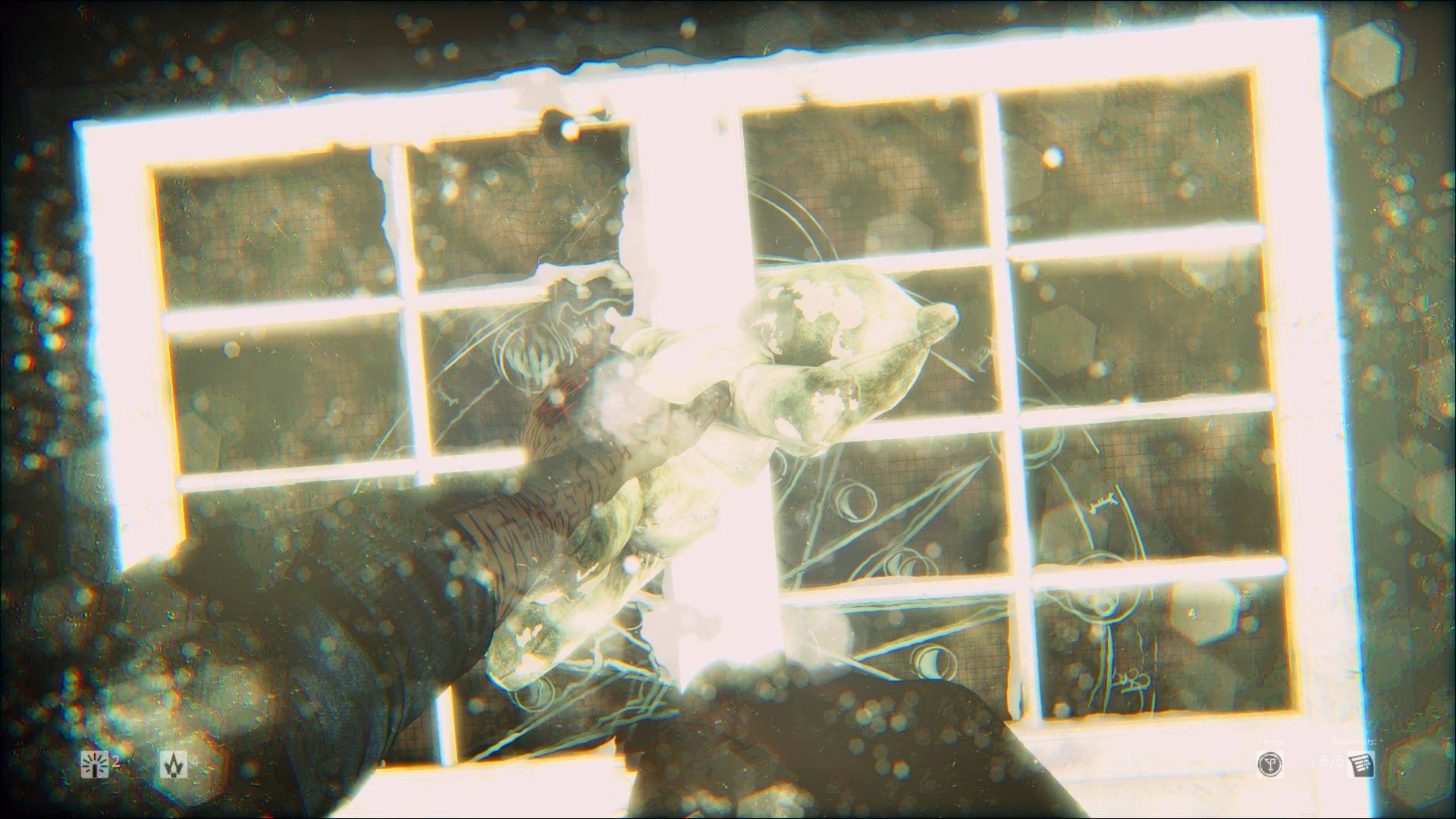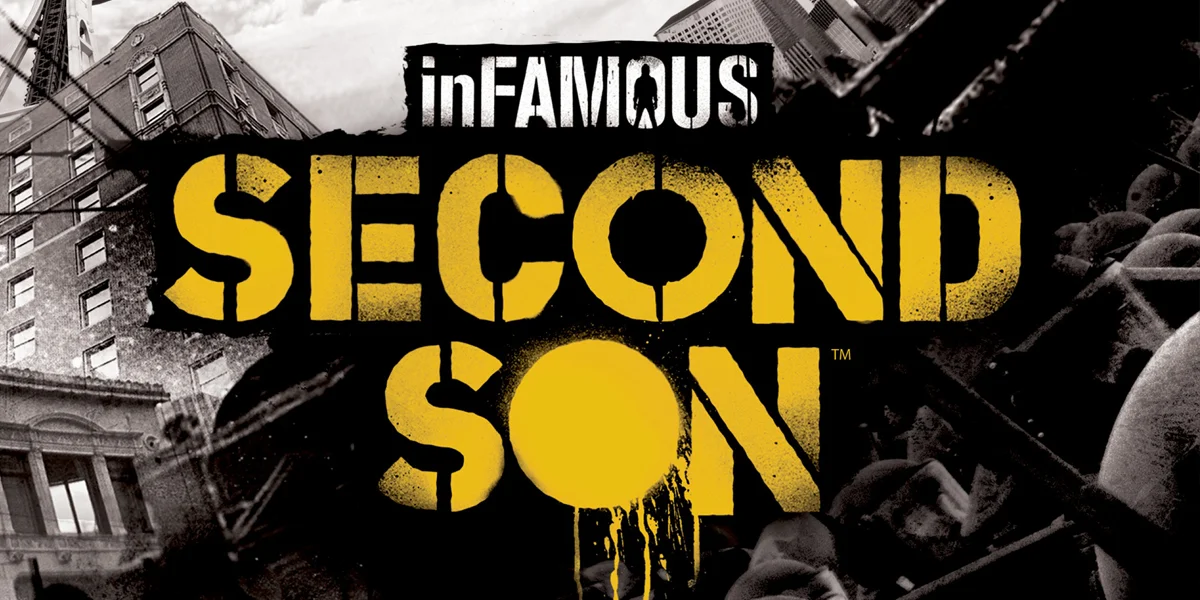Resident horror guru Matt delves into the twisted world of a deranged artist...
Until Dawn - Every action has terrifying consequences
 Does the flap of a butterfly's wings in Brazil set off a tornado in Texas?
Does the flap of a butterfly's wings in Brazil set off a tornado in Texas?
Will saying something now spark a heated argument in an hours time?
Can one tiny action ultimately lead to a horrific series of deaths?
The Butterfly Effect, as explained by everyone's favourite chaotician Ian Malcolm in Jurassic Park, is the concept that each and every action and decision you make can have massive repercussions via a chain of events that you could not have possibly seen at the moment of action. The Butterfly Effect is the driving force behind Supermassive Games' terrifying horror story Until Dawn
A year after a cruel teenage prank went horrifically wrong, 8 friends end up spending the night at the scene of the tragedy - a remote cabin in the mountains. When things take a turn for the worst, they are left frantically fighting for their lives and hoping to survive until dawn...
I don't want to give away too much about the plot, as it really is one of those games that you need to play with as little prior knowledge as you can. Needless to say, if you are a fan of horror films then you will enjoy the ride. Influences touch on everything from Saw to Scream and even The Descent paired with a finely crafted atmosphere and sense of dread. Jump scares will cause your heart to jump out of your chest, but it's the tangible terror around every shadowy corner and that makes you want to hold your breath and steel yourself for what is to come.
Regulars will know that I'm a huge fan of horror games, and I rank Outlast as one of my favourite games this generation, but Until Dawn is probably one of the scariest games I have played for a long time!
Suermassive have done excellent things with this PS4 exclusive, the facial animations in particular are phenomenal! While still not completely lifelike, at times they get very close - and the uncanny valley effect of these computer drawn emotions pays off in particular with the character of Doctor Hill, a psychiatrist who periodically probes your mental state throughout the cause of the game. Equal parts creepy and intriguing, he has probably the best facial animation I've seen in a game.
The score is also great, with strings jangling the nerves and adding to the whole interactive movie experience. It hits the beats perfectly and manages to replicate the kinds of soundtracks heard in the films this game drawns so many of its ideas from.
Voice acting is mostly top notch, a few misses but the majority of the cast (Including Hayden Panettiere from Heroes and Brett Dalton from Marvel's Agents of Shield) manage to tap into the slasher movie genre and create characters that seem realistic, some likable, some you just want to punch in the face. This mix of character types creates some of the difficult choices created by the Butterfly Effect System
What could have been a retread of the type of gameplay seen is Heavy Rain is given more substance through the much hyped Butterfly Effect System. The game will track what decisions and choices you make over the course of the game, and each of these will play out differently depending on what you do. Do you follow a path cautiously taking the safe route rather than rushing ahead blinding? Do you sneak a peak at someone else's phone? Do you sacrifice your life to save someone else? Would you kill a friend in order to save another? These are all choices you will have to make and will all alter the story that unfolds.
On my playthrough I managed to finish the game with 5 of the initial 8 friends alive. Not a great run through but each agonizing decision made me want to save them all, even those who annoyed me, and felt genuine regret when I made the wrong choice! It's like having to face one of Jigsaw's games, and sadistically you will want to carry on to see it through to its conclusion. Next time I'm going to try and save them all, next time I wont make the same mistakes! While not the longest game in the world, clocking in at about 10 hours, it does have lots of replayability to try and see each and every possible outcome and find all of the hidden clues. I genuinely believe that each person who plays this will do things different and get a unique experience. Each chapter consists of an hour of the companions night, playing out between different characters until that hour is over. These are preceded by TV Series style "Last time on Until Dawn" segments that keep you up to date with what decisions have been made so far.
If you have a PS4 and are a fan of horror then you really need to pick this game up! I finished it in two sittings, with the game drawing me into its world as the hours flew by, and at the end of it I already wanted to go digging into other corners to see what was down paths of fate i didn't take. Yes, it is QTE and talking heavy, and its probably more an interactive story than a true game, and this is something that will not appeal to everyone, but it is something that has to be experienced! I give it a spooky Buy it Now award!
Until Dawn by Supermassive Games is out now for PS4
Tom + Mat Attack 101 – Finally Got Megaman!
 This week the boys are back to their regular shinnanigans. Tom’s picked up some more Worms, Mat bought some Gameboy games, and they’re both talking nonsense! Tom’s been knee deep in some Monopoly on PS3, as well as some Towerfall Accession & Surgeon Simulator on the PS4. Mat has purely been playing Shenmue and as a result, is about to loose some street cred with the Dreamcast Crowd…
This week the boys are back to their regular shinnanigans. Tom’s picked up some more Worms, Mat bought some Gameboy games, and they’re both talking nonsense! Tom’s been knee deep in some Monopoly on PS3, as well as some Towerfall Accession & Surgeon Simulator on the PS4. Mat has purely been playing Shenmue and as a result, is about to loose some street cred with the Dreamcast Crowd…
Listen here.
P.T Demo FaceCam Scare Moments on PS4
 The Blast Process team play through P.T a playable teaser demo for the Playstation 4, that turns out to be a adverting for the next Silent Hill game, Silent Hills.
The Blast Process team play through P.T a playable teaser demo for the Playstation 4, that turns out to be a adverting for the next Silent Hill game, Silent Hills.
Can you solve the puzzles and stay alive?
Checkout the best of our scare moments and let us know what you think.
[youtube https://www.youtube.com/watch?v=yYv6XmGK_Xs?list=UUCERSZUuT0xFi1OMaqpbNQQ&w=560&h=315]
Daylight - Randomly Generated Scares!
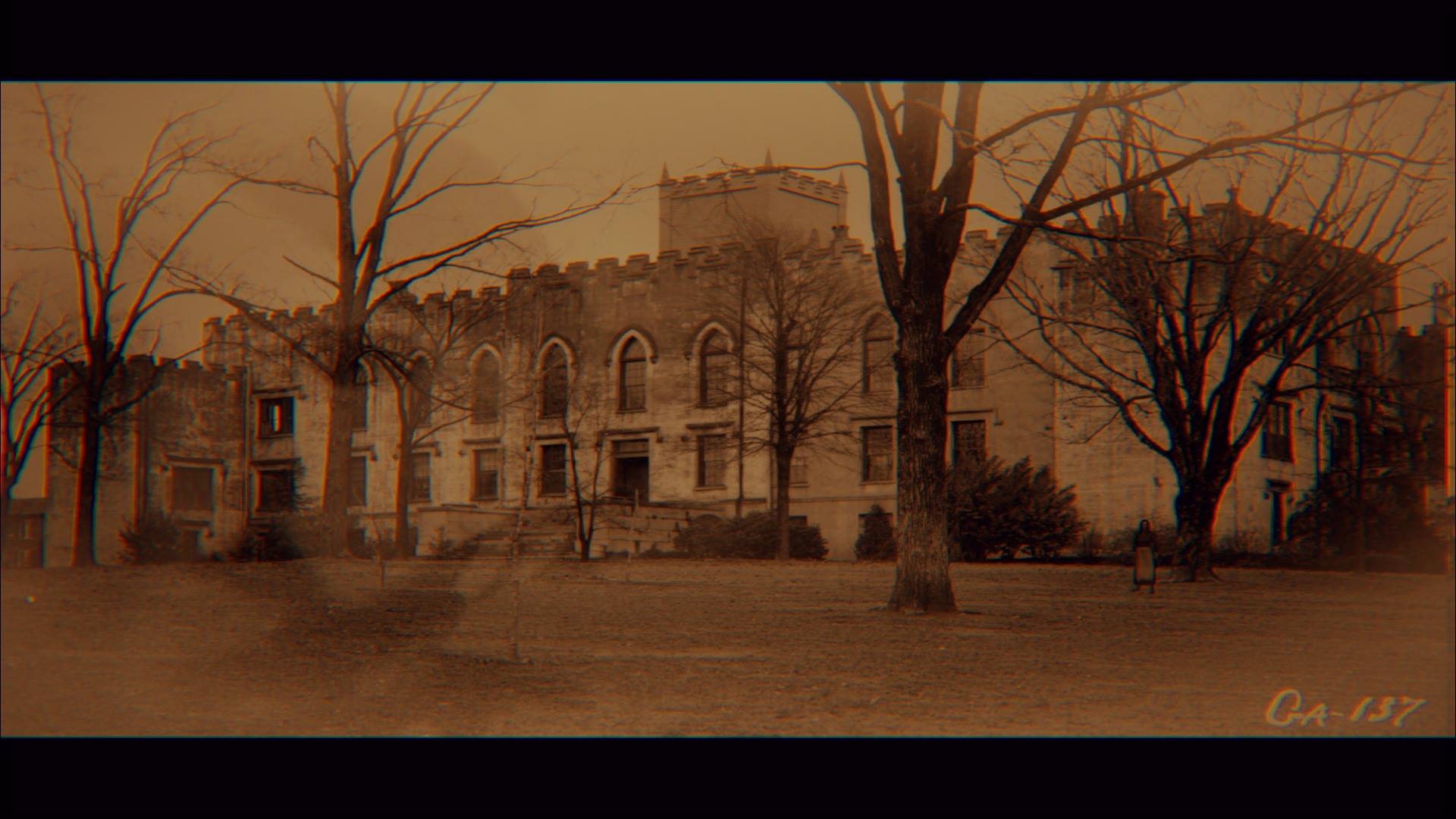 Daylight starts promisingly with a haunting soundtrack which leaves you feeling unsure what lies ahead, though the suspense is destroyed a little bit by the fact it takes a very long time to load. This is no doubt because of the randomly generated maps
Daylight starts promisingly with a haunting soundtrack which leaves you feeling unsure what lies ahead, though the suspense is destroyed a little bit by the fact it takes a very long time to load. This is no doubt because of the randomly generated maps
You play as a character called Sarah who awakens in a darkened room, unsure of where you are with a voice telling you that ‘you must succeed’. You have a mobile phone which acts as your map and is primary light source. It appears as though you are in some kind of abandoned building.
Quickly into the game you stumble across some glow sticks which do offer some light and also highlight objects you can interact with. These sticks also show where you have walked so that you can retrace your steps if you need to double back because you have got lost in the labyrinthine corridors. Unfortunately, the glow sticks are entirely pants at lighting the surroundings and offer none of the security of Outlast’s night-vision mode. Even with glow stick in hand, you are stumbling around aimlessly in the dark. Clearly Sarah isn’t the most physical person in the world as she can only carry 4 glow sticks at any one time before her inventory is full. Surely, if you are stuck in an abandoned asylum you would be shoving as many glow sticks as you could into your pockets.
The objective of the game is very similar to that of Slender, in which you have to find 6 fragments of memories hidden around the stage before you can make your way to the exit. All the while, trying to not be killed by sinister supernatural witches. These will kill you if you look at them too long, not entirely unlike the Slender Man. Your ways of combating these are either running for your life, or igniting a flare which for some reason destroys the paranormal threat. Unfortunately, like the glow sticks you can only carry a limited number of these.
The levels are randomly generated each time you play which keeps the game fresh on multiple play-throughs. However, this does make the layout of the stages a bit chaotic and without all the charms of Outlast’s lovingly crafted asylum. Another downside to random levels is that the game can get a bit laggy as it is generating the environments at the start of each stage. That is not to say the game isn’t scary, the music and sound design is very well done and there are still jumps a-plenty. It is just lacking that little ‘je ne sais quoi’ that other horror games on the market have. On a second play through we encountered an entire area much different to that of our first play through. This gave the game a distinctly different feel and kept up the tension as we couldn’t head through on auto-pilot. This is one element where the game does beat Outlast, but only if that level generates.
Interestingly, this is the first game to be released using the brand spanking new Unreal 4 engine. Disappointingly, it is hard to tell the difference between this and a last gen game and it certainly doesn’t use the console to its full potential.
As you are walking though the deserted environment the atmosphere becomes more tense when you hear the distant sound of running feet and the glimpse of a paranormal terror. Strange sounds and unsettling string do make this a creepy game, with strange moans and phones which ring as you pass. It is just a shame that the rest of the game isn’t as polished as the sound design.
The game would be better for the user if you were given a little more illumination. I understand why they wanted the game to be difficult to navigate, however, I do think just a touch more light would allow you to see more of the creepy set pieces. The fact that it has been released so close in time to Outlast means that it can’t avoid any inevitable comparisons to Red Barrel’s fright-fest.
“What the Hell is this?’ asks Sarah as she walks into a room filled with crazy markings on the walls. She experiences some kind of freaky flash back and is transported to a room with un-nerving photos on the wall. Not to forget the battered teddy which she is clutching in her left hand. No explanation is given, just that this is a key artifact in escaping the terror she is living through. Unfortunately, when holding said bear, you are unable to use glow sticks or flares. This does increase the terror as you are left with minimum vision.
At points in the game you feel like you are wandering aimlessly as you encounter dead end after dead end with nothing occurring in between.
If you are a fan of horror it’s definitely worth a play. Especially as there is currently a discount for PlayStation plus subscribers, however, in all honesty, your money is better spent on the truly terrifying Outlast and it’s recent expansion, Whistleblower.
Daylight is available on PlayStation 4 for £10.25 (£8.20 for PS+ members)
It is also available for PC on Steam for £11.99
inFAMOUS Second Son Review
inFAMOUS Second Son is Sony’s first console exclusive game since launch. It is a game that has been raised high on the hulking shoulders of the Playstation 4. It promises a ‘next gen’ experience that will make the naysayers of this new generation of consoles, part with their hard earned pennies and shell out for Team Sony. But is this game truly the second coming of video gaming? Or like a second child, forced to play with the previous generations hand me down mechanics?
inFAMOUS Second Son follows Delsin Rowe, the titular Second Son, a graffiti artist delinquent, who like most super heroes, has greatness thrust upon him after discovering that he is a Conduit. Conduit is the term given to those in the inFAMOUS universe with powers, though the easiest comparison would be ‘mutant’ from the Marvel universe. Much like Marvel’s X-men series, ‘Conduits’ are treated like outsiders by society, who have labelled them ‘Bio-Terroists’ and assembled a department to track down & capture Conduits called the Department of Unified Protection (or D.U.P).
Despite how clichéd this story may sound, it brings about what is perhaps the most impressive thing about Second Son: the game’s interesting dialogue that actually matches the motion capture beat for beat. Even when characters say lines that sound somewhat forced, the facial expressions exhibited by the character anchors meaning to them, making them not only forgivable, but even believable.
But even these flourishes of next generation narrative aren’t without their thorns. The game’s characters are interesting, but are painted with such broad strokes of cliché, that their flashback stories sometimes undermine the believability that the actors performances strive so hard to achieve. If the game exhibited a little more show than tell on character motives and histories, Second Son’s story could have raised the bar for storytelling in Triple A titles.
Instead like a weight lifter with one arm weaker than the other, the game’s storytelling displays a muscular imbalance. Where the stronger arm of the game’s storytelling and facial recognition is ready to push things forward, the weaker arm of convention and its need to impart information on the player quickly holds it back.
The game’s karma system leaves a lot to be desired however. While it was a key selling point of the original games, it falls into the Fable trap of not having so much impact on the game, other than visual aesthetics and slight changes in dialogue. There is no moral grey in the stories key choices; it’s always a polar opposite ultimatum of good or evil. The game even colour codes these choices, for those who couldn’t tell that ‘turning yourself in’ was the ‘good’ thing to do, over ‘sacrificing your tribe’ making you seem a little bit bastardly. Though perhaps if you’re in need of colour coded assurance of what you’re doing is right or wrong, there are bigger issues for you to tackle.
In terms of game play, short of an impressive representation of Seattle that is close to fully formed, inFAMOUS never really feels more like very well made, late Playstation 3 title, rather than the next gen opus some had hoped for.
This isn’t necessarily a bad thing however, as the game is fun to play for the most part. Combat is fluid and balanced. Even as the game progresses, you neither feel overpowered or nor completely outgunned, as the game’s Conduit powers offer a way to turn the tide. While these powers are upgradable, apart from the elements their composed of and some small changes to the amount of damage dealt & animation, each new power is based around the idea of a melee & ranged attack, a dash, a powerful attack and a special that can be triggered by using the game’s karma abilities, offering little varieties or reason to switch between powers.
However, the game requires you learn each of these new powers in turn, forcing you into sticking with each of the individual powers for an extended period, rather than allowing the player to simply revert to an older power until later in the game. By the third power unlock, the ritualistic regaining of each attack after receiving a new power takes a lot of momentum out of the game. The game’s final boss encounter is even bogged down in the tedium, forcing you to play the game how Sucker Punch would like you to, rather than how you feel you should, shattering the illusion of player free will in service of the narrative’s natural conclusion, souring the games conclusion slightly and making it feel a little rushed.
The game also suffers from other minor irritations. NPCs will cheer at you one moment, and then the use of a power will make them freak out and run away. The game also punishes you for careless mistakes in combats very heavy handily. While trying to clear out the city of D.U.P agents to gain fast travel, the player can encounter large parking areas full of enemies. If you’re unfortunate enough to clear the whole building, a good 10 to 15 minutes of work, but get killed by the last, more powerful enemy, you’re sent back to the last checkpoint, sometimes at the other side of the city. It could be argued that this is the game attempting to balance risk vs. reward, but can leave Second Son prey to biggest cardinal sin of gaming: making the player feel like they’re wasting time.
Exploring the city is also a blessing and a curse. Traversing a large city that is fully at your disposal feels as next gen as console gaming has got. Running up walls and bouncing up walls is thrilling, but when mixed with poor climbing mechanics & the inability to swim, Delsin feels a lot less super than he should.
But it must be noted - standing on top of a tall building and seeing a city move all around you is really a sight to behold. For a second, you could be forgiven in thinking that Second Son’s Seattle wasn’t the real thing.
It’s not until you get down on the street that this is abolished. There’s not the feeling of life a next gen city should have. While cars drive & NPC’s shout random lines of dialogue based on your character’s moral choices, there are no background noise, no fleeting whispers of conversation, and the distinct hum of traffic isn’t there but an occasional car horn, making the game’s Seattle a city without soul. The city is also for the most part, also indestructible. You can’t bring down buildings or destroy walls, other than DUP structures that are removable from the environment once districts are freed, adding to the feeling the city is no more but a sandbox.
While there is little replay offered rather than freeing the districts, the gimmicky graffiti mini-game or taking part in the 6 part, weekly mission cum transmedia campaign in inFAMOUS Paper Trail, there’s not a lot to keep you coming back on Delsin’s story is done.
While Paper Trail is a fun experiment into using an external device & your own detective skills, to solve a murder both at the console & away from it, these extra missions won’t be everyone’s cup of tea. The post-story city is also more for those aiming for trophies than a rewarding end game experience. You could always replay the game from the opposite karmic stance, but this offers less variety than you would expect.
So is inFAMOUS worth playing at all? Absolutely. While this review is perhaps rather scathing of Sucker Punches’ efforts, Second Son is a glimpse at the future. It’s a solid game by the standards set in the last generation that gives Playstation 4 owners a look at things to come. It’s vast open world, fast and enjoyable combat, combined with a competent story & incredible character performances makes Second Son perhaps the truest experience of this console generation so far. It’s problems lie in the expectations of what it means to be a game on a new console, instead of defining them, it only theories at what an Xbox One or Playstation 4 game should be, rather than what one is.
inFAMOUS is one of the first games of the generation to hint at what’s to come. If you own a PS4 and are curious about Second Son, by all means pick it up. While the game perhaps shouldn’t be the reason for shifting consoles that it undoubtedly will be, it’s undoubtedly Sony’s best offering. But be warned - like the game’s karma system, you need to take the good with the bad. It’s not a flawless experience, but it’s story, cool powers & artificial sense of freedom make inFAMOUS Second Son a game that, at least in this point of the console generation, a worthy addition to your games library.

